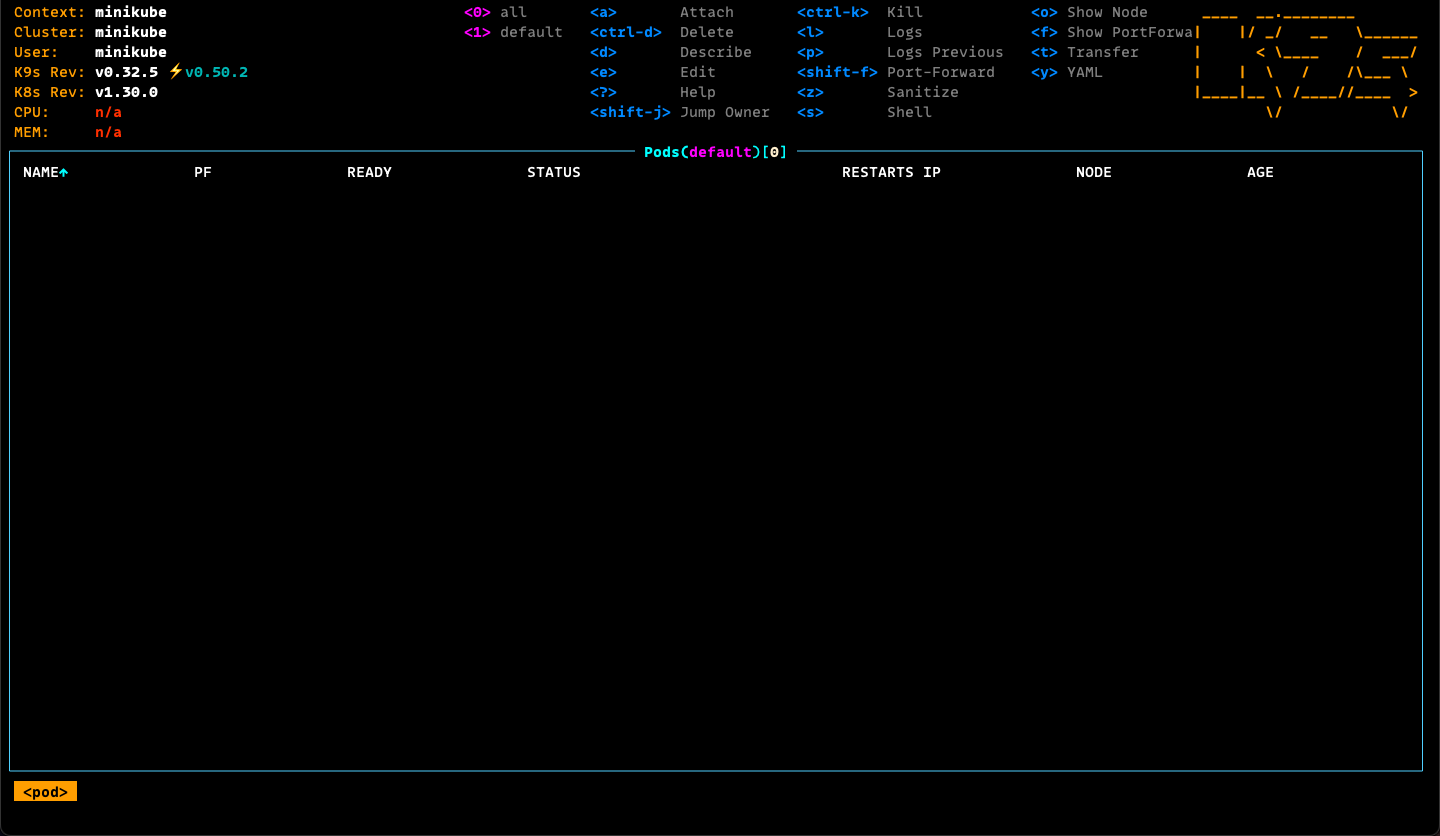Cluster
A cluster is a set of nodes that run containerized applications managed by Kubernetes. It provides the necessary infrastructure to deploy, manage, and scale applications in a containerized environment.
Create a Kubernetes Cluster
Create a Kubernetes Cluster using minikube.
minikube start
The provided cluster will use around 2 GB RAM of memory and 2 CPUs you can see this in the output from the
minikube startcommand.Creating docker container (CPUs=2, Memory=2200MB)
Create a Kubernetes Cluster with Resources
The start command support different options for Cluster creation.
minikube start --cpus=4 \
--memory=4400 \
--kubernetes-version=v1.30.0
Kubernetes Node Status Check
Check on the active cluster using kubectl CLI with the get node subcommands.
kubectl get node
Cluster Info Retrieval
Furter commands will run against the active Kubernetes namespace.
kubectl cluster-info
Kubernetes control plane is running at https://127.0.0.1:32769
CoreDNS is running at https://127.0.0.1:32769/api/v1/namespaces/kube-system/services/kube-dns:dns/proxy
To further debug and diagnose cluster problems, use 'kubectl cluster-info dump'.
Switch Kubernetes Context
A Kubernetes context is a configuration that defines the cluster,
user and namespace that kubectl will use when executing commands.
kubectx minikube
Inspect Kubernetes Resources
You can use k9s to inspect into active Cluster resources.

Reuse Minikube's Docker
Reuse the Docker daemon from Minikube using:
eval $(minikube docker-env)